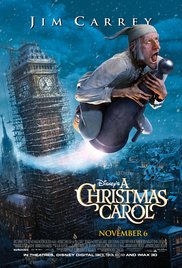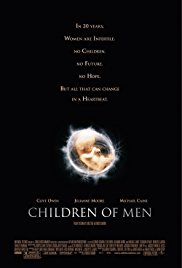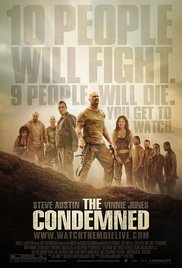 Woe is the brainless action movie that takes itself too seriously. “The Condemned” had the potential to be a harmless mash-up of “Con Air” and the Japanese classic “Battle Royale,” but instead is an insufferably preachy indictment of reality television and the soulless drones that consume it. You’ll be hard pressed to find a movie that talks out of both sides of its mouth as much as this one.
Woe is the brainless action movie that takes itself too seriously. “The Condemned” had the potential to be a harmless mash-up of “Con Air” and the Japanese classic “Battle Royale,” but instead is an insufferably preachy indictment of reality television and the soulless drones that consume it. You’ll be hard pressed to find a movie that talks out of both sides of its mouth as much as this one.
The movie begins with a producer named Breck (Robert Mammone) watching video of a Russian prisoner laying a beatdown on two other inmates. The producer likes what he sees, and secures the man’s release for the purpose of appearing in an online broadcast where ten Death Row inmates from various parts of the world are brought together on a remote island and given 30 hours to kill the remaining nine inmates in exchange for their freedom. One of the reluctant participants is Jack Conrad (Steve Austin), who has spent the last year rotting in an El Salvador prison. Jack wants his freedom but isn’t too keen on killing, but is soon forced into playing the game when British Special Forces goon Ewan (Vinnie Jones) begins hunting him for sport.
Admit it: it sounds like it could be mindless fun in a “Surviving the Game” kind of way, right? If only they had embraced the sheer tastelessness of the premise. Instead, they spend well over half the movie focused not on the progress of the fight but on Breck and his production crew, making sure we all realize what horrible, horrible people they all are for perpetrating such a stunt for financial gain. And while that may be true, here’s the thing: the people buying tickets to “The Condemned” want to see the cons rip each other apart. So Lionsgate is in effect reeling people in with the promise of a bloody melee, and then giving them a movie that says, “Shame on you, you snuff film freaks. No refunds.”
Steve Austin will never be mistaken for an actor if he continues to do movies co-financed by his WWE Godfather Vince McMahon. He could probably be a decent action star if he wanted to be: his readings of the two good lines he gets here were surprisingly good, so there is no reason to think he couldn’t handle whatever The Rock turns down (assuming, of course, that The Rock turns down anything). But what he does here isn’t acting: it’s wrestling on film, film that’s shot in a technique that could be called Tennis Cam (back and forth, back and forth, everything in between a-blur). I’m assuming the decision to shoot it that way was for budgetary reasons, since it would require fewer takes in case someone missed their mark in a hand-to-hand combat sequence. That doesn’t make it less annoying. God love Vinnie Jones, then, for embracing the good-bad movie potential within this bad-bad movie and hamming it up for the sake of a joke, any joke. Ten bucks says he improvised half to three-fourths of his lines.
Walking into “The Condemned,” I knew I would be seeing a bad movie. The problem is that I thought I’d be seeing a different kind of bad movie, one that knew it was bad instead of one that only pretended to be bad in order to deliver an “important message” about the hollow nature of what we allow to pass for entertainment. The fact that they made a movie that is every bit as hollow and self-serving as the entertainment they attempt to decry appears to be lost on them.
 (1 / 5)
(1 / 5)




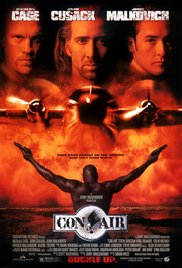
 (4 / 5)
(4 / 5)
 (3 / 5)
(3 / 5)

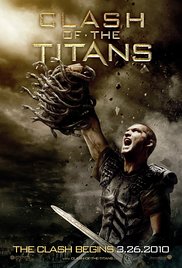
 (1.5 / 5)
(1.5 / 5)

 (3.5 / 5)
(3.5 / 5)

